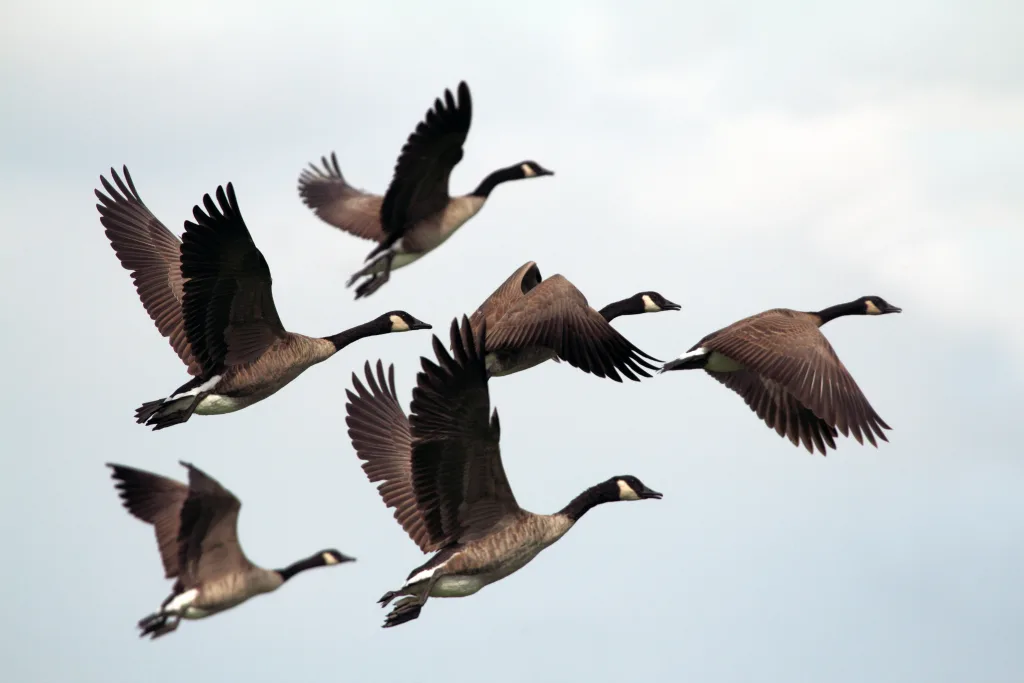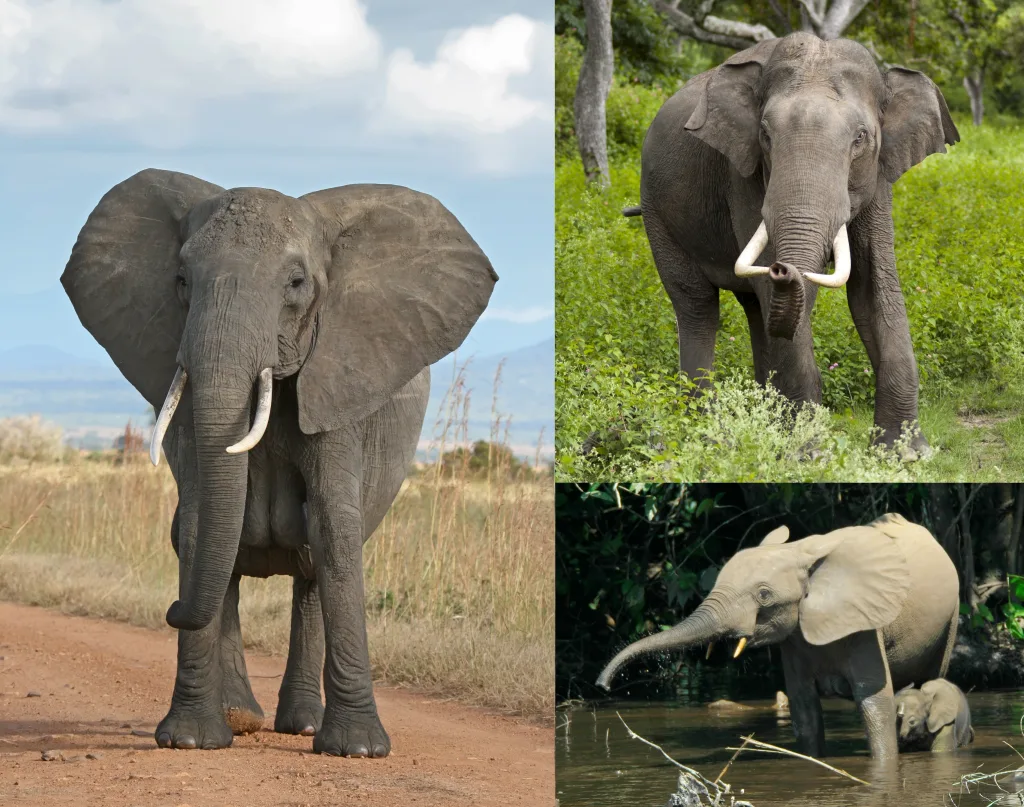Are Birds Cold Blooded?
When it comes to birds, one of the most commonly asked questions is “are birds cold-blooded?” The answer is a definite “no” – all birds are warm-blooded animals. This means that they generate their own body heat and regulate their body temperature internally, rather than relying on outside sources such as the sun or othr environmental stimuli.
Unlike cold-blooded animals, such as reptiles and amphibians, warm-blooded animals have a much narrower range of body temperatures. For example, avian species maintain a constant temperature of between 100 and 104 degrees Fahrenheit. This is known as “endothermy” and is the same type of temperature regulation found in mammals like humans.
Another key difference between cold-blooded and warm-blooded creatures lies in how they achieve this constant internal temperature. Cold-blooded animals are unable to produce body heat on their own, so they must move from environment to environment in order to regulate their temperature. On the other hand, warm-blooded animals use insulation such as fur or feathers to trap air pockets around their bodies and keep them warm. In addition to keeping them comfortable during colder winter months, this insulation also helps protect them from predators.
Birds also use a process known as preening in order to keep their feathers clean and dry which helps them maintain these air pockets around their bodies. Preening involves using the beak or feet to remove dirt, parasites, and excess oil from each feather in order to keep them flexible and lightweight for flight.
Finally, some species of birds will enter a hibernation-like state called torpor in order to conserve energy during colder winter months. During this time they will lower ther metabolism by dropping both their heart rate and body temperature until warmer weather returns again.
In conclusion, while some animals are cold blooded with the ability to regulate their body temperatures by external sources such as sunlight or water temperatures; birds are endothermic creatures that can generate their own heat internally through metabolic processes and insulation provided by feathers.
Are Birds Reptiles?
No, birds are not just warm-blooded reptiles. While both birds and reptiles are classified as vertebrates, there are key differences between them. The most significant difference is that birds are endothermic, meaning they generate their own body heat and regulate their temperature internally, whie reptiles are exothermic and rely on external sources of heat to regulate their body temperatures. Birds also have feathers and wings which give them the ability to fly, whereas reptiles typically do not have these features. Additionally, birds generally have a four-chambered heart compared to the three-chambered heart of most reptiles. Lastly, most reptiles lay eggs shelled in leathery shells whereas most birds lay eggs encased in calcium carbonate shells.

How Do Birds Survive Cold Winters Without Freezing?
Birds do not freeze in winter because they are well adapted to retain body heat and survive in cold temperatures. All birds have a layer of feathers that act as an insulating barrier againt the cold. This layer of air trapped between the feathers helps keep the bird warm. In addition, many species of birds fluff and ruffle their feathers to further trap air and increase their insulation. Birds also create additional warmth by increasing their metabolism, which raises their body temperature during cold weather. Finally, some species migrate to warmer climates during winter months, allowing them to avoid the harshest winter temperatures altogether.
Can Birds Survive in Cold Weather?
Yes, birds can survive in the cold by entering a state known as torpor. This is a type of hibernation-like state that allows birds to drastically reduce ther body temperature and heart rate to conserve energy. During this time, they remain inactive and their metabolism slows down, helping them survive the cold temperatures of winter without expending too much energy. To wake up from torpor, the bird needs to increase its body temperature and heart rate back to normal levels.
Examples of Cold-blooded Animals
1. Insects – Insects, such as grasshoppers, beetles, and butterflies, are cold-blooded animals that rely on the environment to regulate thir body temperature.
2. Arachnids – Arachnids, like spiders and ticks, also depend on their surroundings to maintain an ideal body temperature.
3. Fish – Fish are ectothermic creatures that can be found in both saltwater and freshwater environments aound the world.
4. Reptiles – Reptiles such as lizards, snakes and turtles are all cold-blooded animals that absorb heat from their environment for energy production and regulation of internal temperature.
5. Amphibians – Amphibians like frogs and salamanders are poikilothermic creatures that have a lower range of body temperatures than warm-blooded animals but stll require environmental changes to regulate their body heat.
Can Humans Be Hot-Blooded?
No, humans cannot be hot blooded. Hot-blooded animals, such as birds and mammals, are endothermic species that generate their own body heat to maintain an elevated body temperature. This is in contrast to cold-blooded animals (ectotherms) which rely on external sources of heat for thermoregulation. Humans are endotherms and generate their own body heat, but our internal temperature is regulated around 37°C which is lower than the temperatures seen in hot-blooded animals.

Warm-blooded Animals
Warm-blooded animals, also known as homeotherms, are animals that maintain a constant body temperature independent of the surrounding environment. The five most common warm-blooded animals are mammals, birds, reptiles, amphibians and fish. Examples of specific warm-blooded animals include: mammals such as lions, cows and cats; birds such as vultures and eagles; reptiles such as lizards and snakes; amphibians such as frogs and toads; and fish such as tuna and salmon. All these animals have the ability to regulate their body temperature in order to survive in varying environments.
Where Do Birds Sleep at Night?
At night, birds seek out safe and sheltered places to rest. This could include dense foliage, cavities and niches in trees, or perches high up in tree foliage. These places help protect them from predators and bad weather. Birds also often roost together in groups, which provides a sense of security and companionship durig the dark hours of the night. Inside birdhouses or other man-made structures can also provide a safe place for birds to sleep, as long as there are no potential predators present.
Do Birds Sleep at Night?
Yes, birds generally do sleep at night. However, they do not do so in the same way that humans sleep, which is called bihemispheric slow-wave sleep. Instead, birds employ a strategy kown as unihemispheric slow-wave sleep. This means that while one half of the bird’s brain is sleeping, the other half remains active and alert, scanning for potential predators or other threats. During the night, birds may take hundreds of short snoozes lasting several seconds to several minutes each.
Where Do Birds Go During Rainy Weather?
When it rains, birds seek shelter from the rain and wind in dense shrubs, thickets, and heavy tree trunks. Birds also prefer to be on the downwind side of woods and forests. Cavity-nesting birds may hunker down in nest boxes or natural cavities to protect themelves from the rain. Additionally, some larger birds may find shelter under bridges or overhanging roofs. During prolonged storms, birds may flock together to share body heat and stay dry.
How Do Birds Avoid Freezing Their Legs?
Birds have an effective way of preventing teir legs from freezing; this is achieved by a process called counter-current heat exchange. The circulation of blood in their feet is different from that of other animals, with warmer blood flowing into the feet while cooler blood flows out. This helps to keep the temperature in the feet stable and prevents them from becoming too cold. Additionally, because the circulation in birds is so fast, the cooled blood does not remain in the feet long enough for it to freeze. As a result, birds’ legs remain warm even when outside temperatures are very low.
The Effects of Fear on Birds: Why Do They Freeze?
When birds are scared, they may freeze in place as a way of self-defense. Freezing is an instinctive behavior used to avoid detection from potential predators, since many predators rely on movement to detect their prey. By remaining still, the bird can become less visible and avoid detection. Additionally, when a bird freezes, it can reduce its chances of being heard by potential predators. The absence of sound can further reduce the chances of being detected and potentially increase the bird’s chance of survival.
Where Do Birds Go During Snowy Weather?
When it snows, birds will typically seek shelter in microhabitats such as dense shrubbery or trees, where they can be protected from the cold temperatures and precipitation. The downwind side of a tree is also a popular choice for birds due to its warmer temperature. To maximize their warmth during snowfall, birds may hunker down close to the ground. Additionally, birds may flock toether in sheltered areas to more efficiently share body heat and protect themselves from the cold.
Can Humans Be Cold-blooded?
No, humans are not cold-blooded. Unlike cold-blooded animals such as reptiles, amphibians and fish, humans are warm-blooded. This means that our body temperatures stay relatively constant regardless of the temperature outside. In order for humans to survive in colder climates, we have evolved a number of adaptations such as shivering to maintain body temperature.
Are Cats Warm-blooded Animals?
Yes, cats are warm-blooded animals. Warm-blooded animals like cats use their own metabolism to regulate their body temperature, rather than relying on external sources of heat like cold-blooded animals do. This means that cats can maintain a consistent body temperature regardless of the external environment. In contrast, cold-blooded animals usually have an external temperature that is roughly the same as the temperature around them.
Conclusion
In conclusion, birds are not cold-blooded animals, as they are endothermic (warm-blooded). All birds stay warm by trapping pockets of air aound their bodies using preening and other maintenance methods. Some species of birds also go into torpor in the winter to help conserve body heat and survive the cold temperatures. In contrast, cold-blooded animals, such as insects, arachnids, fish, reptiles, and amphibians have a higher range of body temperatures than warm-blooded animals but rely on external environments to regulate their temperature.
